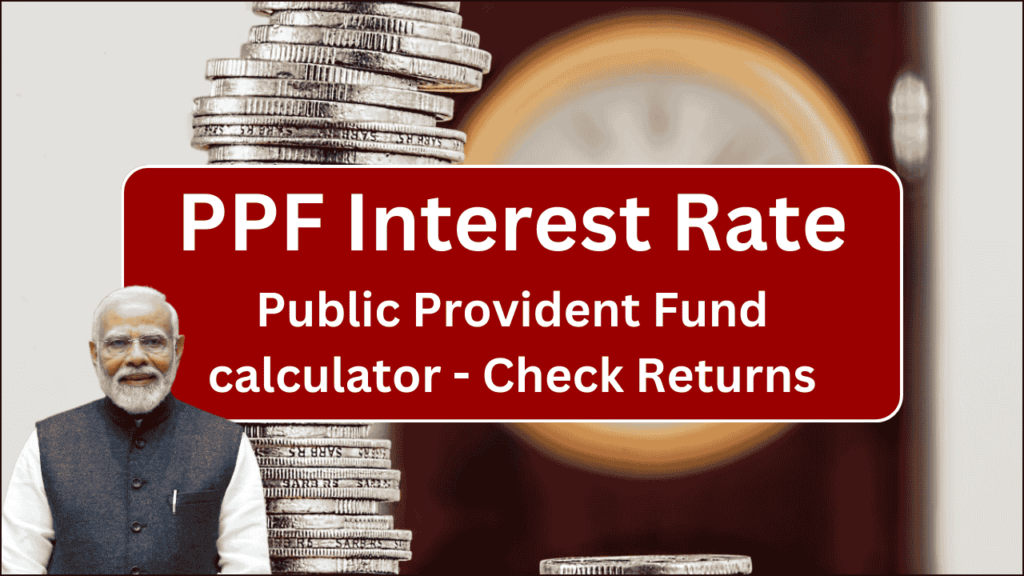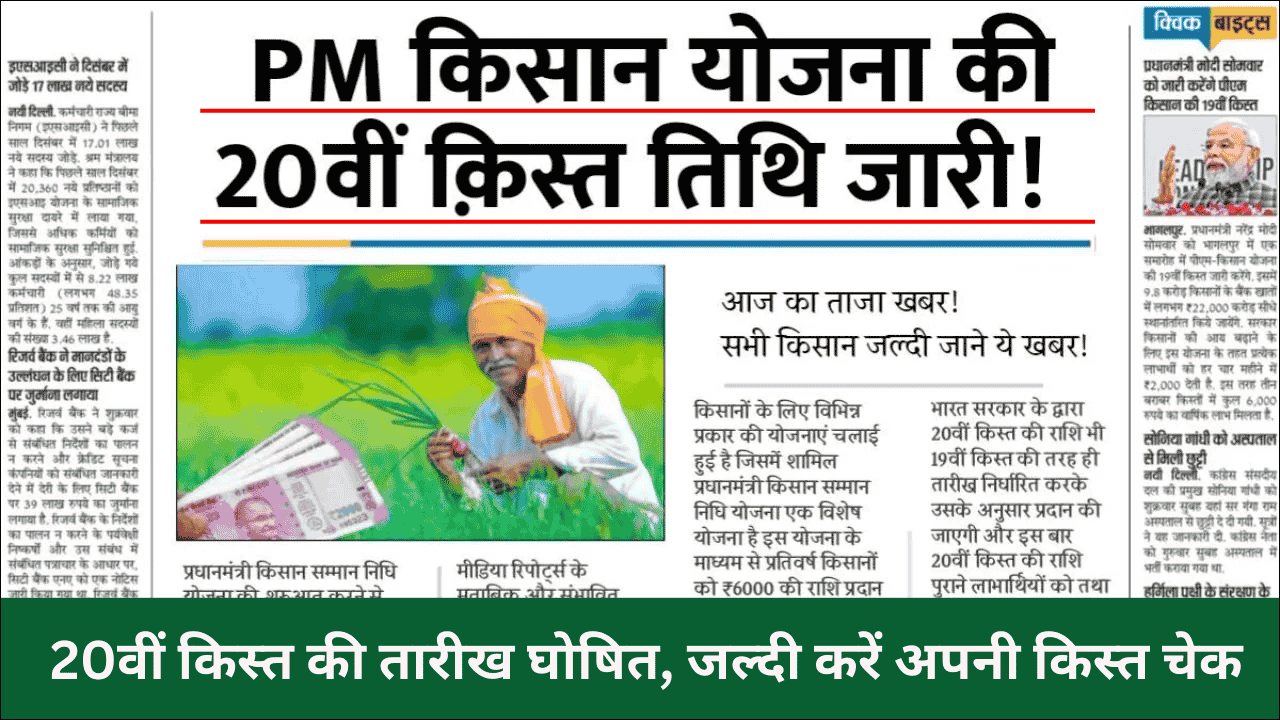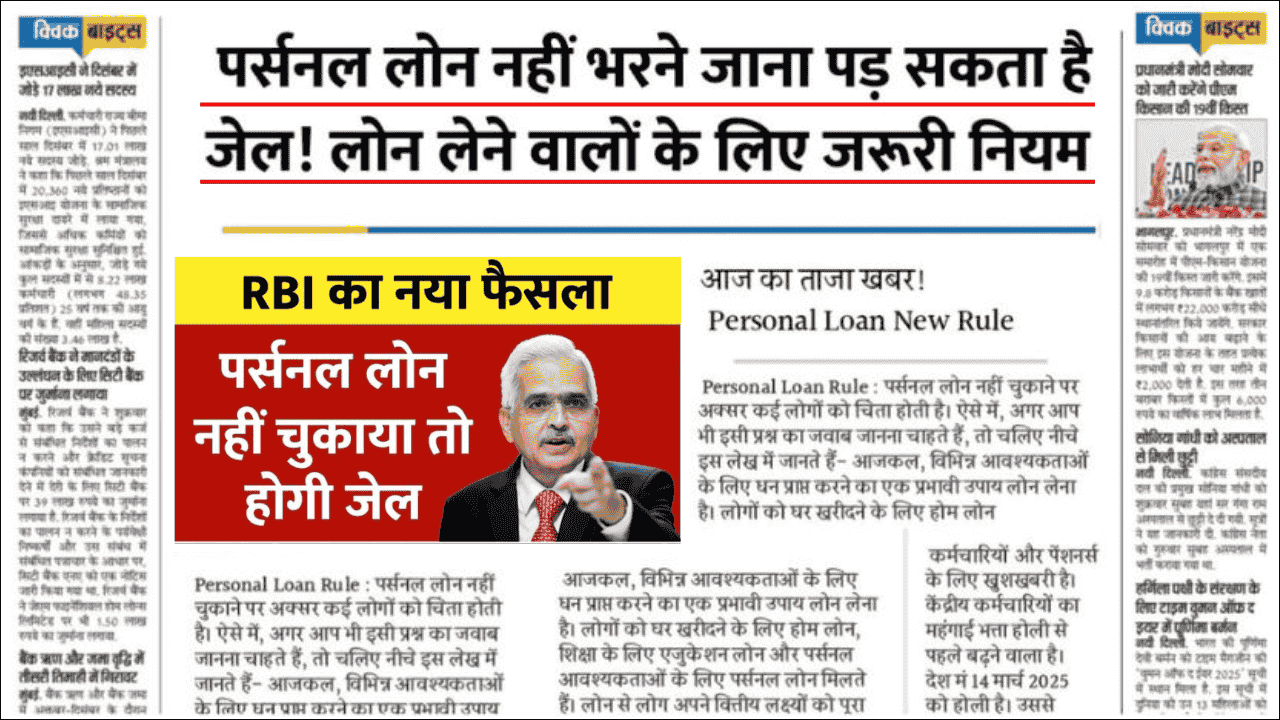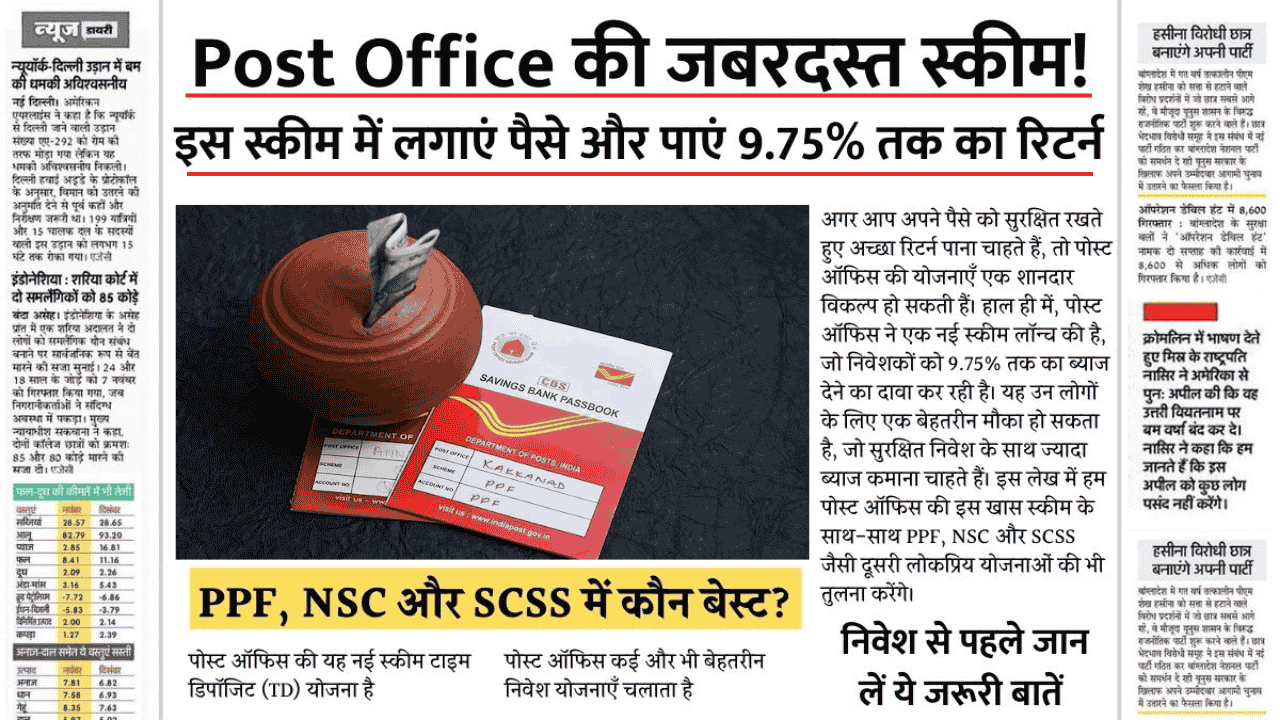
The Government of India has maintained interest rates for various small savings schemes, including the Public Provident Fund (PPF), for the fifth consecutive quarter. These rates will remain unchanged for the period spanning April 1 to June 30, 2025, providing continuity for investors seeking stable returns.
PPF: A Tax-Advantaged Investment Option
The Public Provident Fund continues to be a preferred long-term savings vehicle for many Indians due to its government backing and tax advantages. The scheme enjoys triple tax exemption (EEE status), meaning contributions, interest earned, and maturity proceeds are all exempt from taxation.
For the April-June 2025 quarter, the PPF interest rate remains fixed at 7.1% per annum. This consistent rate allows investors to plan their long-term financial goals with greater certainty.
Alert! 2025 में Scholarship Scheme, अब हर छात्र को मिलेगा मोटा पैसा! जानिए कैसे करें अप्लाई
PM KISAN YOJANA 2025, किसान की 20वीं किस्त का इंतज़ार खत्म! अभी चेक करें अपना स्टेटस
Sukanya Samirddhi Yojana, बेटी के भविष्य ₹12,500 जमा करें और पाएं ₹83 लाख!
Personal Loan सुविधा या सज़ा? इस गलती पर पुलिस करेगी आपके दरवाज़े पर दस्तक! जाना पड़ेगा जेल!
Understanding PPF Returns
To illustrate the growth potential of PPF investments, the State Bank of India calculator provides a helpful example: an annual investment of ₹1,50,000 over the standard 15-year tenure would result in:
- Total investment: ₹22,50,000
- Interest accumulation: ₹18,18,209
- Maturity amount: ₹40,68,209
This demonstrates how the power of compound interest significantly enhances savings over the investment period.
Essential PPF Features
The PPF scheme includes several notable characteristics:
- 15-year investment period (extendable in 5-year blocks)
- Annual contribution limits: ₹500 minimum to ₹1.5 lakh maximum
- Tax deduction eligibility under Section 80C
- Partial withdrawal options after specific time periods
- Loan facility against the account
Eligibility Requirements
PPF accounts are available to:
- Resident Indian citizens
- Minors (through parents or legal guardians)
Importantly, an individual may only maintain one PPF account, with an exception for accounts opened on behalf of minor children.
Small Savings Schemes Interest Rate Overview
The Finance Ministry has maintained consistent interest rates across all small savings instruments for the quarter. Current rates for major schemes include:
| Scheme | Interest Rate (p.a.) |
|---|---|
| Savings Deposit | 4.0% |
| 1-Year Time Deposit | 6.9% |
| 2-Year Time Deposit | 7.0% |
| 3-Year Time Deposit | 7.1% |
| 5-Year Time Deposit | 7.5% |
| 5-Year Recurring Deposit | 6.7% |
| Senior Citizen Savings Scheme | 8.2% |
| Monthly Income Account | 7.4% |
| National Savings Certificate | 7.7% |
| Public Provident Fund | 7.1% |
| Kisan Vikas Patra (matures in 115 months) | 7.5% |
| Sukanya Samriddhi Account | 8.2% |
Implications for Investors
The continuation of unchanged interest rates provides stability for investors who rely on small savings schemes for wealth accumulation and retirement planning. These government-backed instruments, primarily offered through post offices and select banks, remain attractive for risk-averse individuals seeking guaranteed returns.
For conservative investors prioritizing capital protection, these schemes provide a reliable alternative to market-linked investments that may offer higher potential returns but with corresponding volatility risk.
Strategic Investment Considerations
Investors should note the varied interest rates across different schemes when developing their savings strategy:
- The Senior Citizen Savings Scheme and Sukanya Samriddhi Account offer the highest returns at 8.2%, making them particularly attractive for eligible investors.
- The National Savings Certificate provides a competitive 7.7% return with a 5-year lock-in period.
- PPF’s 7.1% rate, combined with its tax advantages and long-term compounding potential, continues to make it a cornerstone of many investment portfolios.
- Time deposits of varying tenures offer flexibility for different time horizons, with rates increasing for longer commitment periods.
Balancing Investment Objectives
When evaluating small savings schemes, investors should consider multiple factors beyond just interest rates, including:
- Investment timeline and liquidity requirements
- Tax implications and benefits
- Risk tolerance
- Overall financial goals and portfolio diversification needs
The stability in interest rates allows investors to make informed decisions without the pressure of rate fluctuations, potentially enabling better long-term financial planning.
Conclusion
The government’s decision to maintain interest rates for small savings schemes through the April-June 2025 quarter provides continuity for investors seeking stable, secure returns. These schemes continue to offer an essential balance of safety, predictable growth, and tax efficiency for conservative investors.
While those seeking higher returns might consider market-linked alternatives, small savings instruments remain fundamental building blocks for financial security, especially for risk-averse investors prioritizing capital preservation and guaranteed income.
FAQs
How does PPF compare to other tax-saving investment options available under Section 80C?
PPF offers several distinct advantages compared to other Section 80C options. Unlike tax-saving fixed deposits with a 5-year lock-in period, PPF provides higher interest rates (currently 7.1% vs. typically 6.0-6.5% for tax-saving FDs) and complete tax exemption on maturity. While ELSS mutual funds potentially offer higher returns through equity exposure, they come with market risk that PPF doesn’t have. National Savings Certificates (7.7%) provide a slightly higher interest rate but have a shorter 5-year tenure compared to PPF’s 15 years, which benefits long-term compounding. The PPF’s combination of government backing, competitive interest rates, full tax exemption, and partial liquidity features after 7 years makes it particularly well-balanced for long-term investors seeking both tax benefits and safety.
What happens to my PPF account after the initial 15-year maturity period?
After completing the initial 15-year maturity period, investors have three options: First, you can close the account and withdraw the entire balance without any tax liability. Second, you can extend the account in blocks of 5 years with continued investments (within the annual limit of ₹1.5 lakh), allowing further compounding benefits and tax advantages. Third, you can choose to extend without making additional contributions while continuing to earn interest on the accumulated balance. During the extension period, you gain improved liquidity with the option to make one withdrawal per financial year (up to 60% of the balance at the beginning of the extension period). To extend the account, you must submit the appropriate extension form to your PPF account provider (bank or post office) before the account’s maturity date; otherwise, it stops earning interest after maturity.





